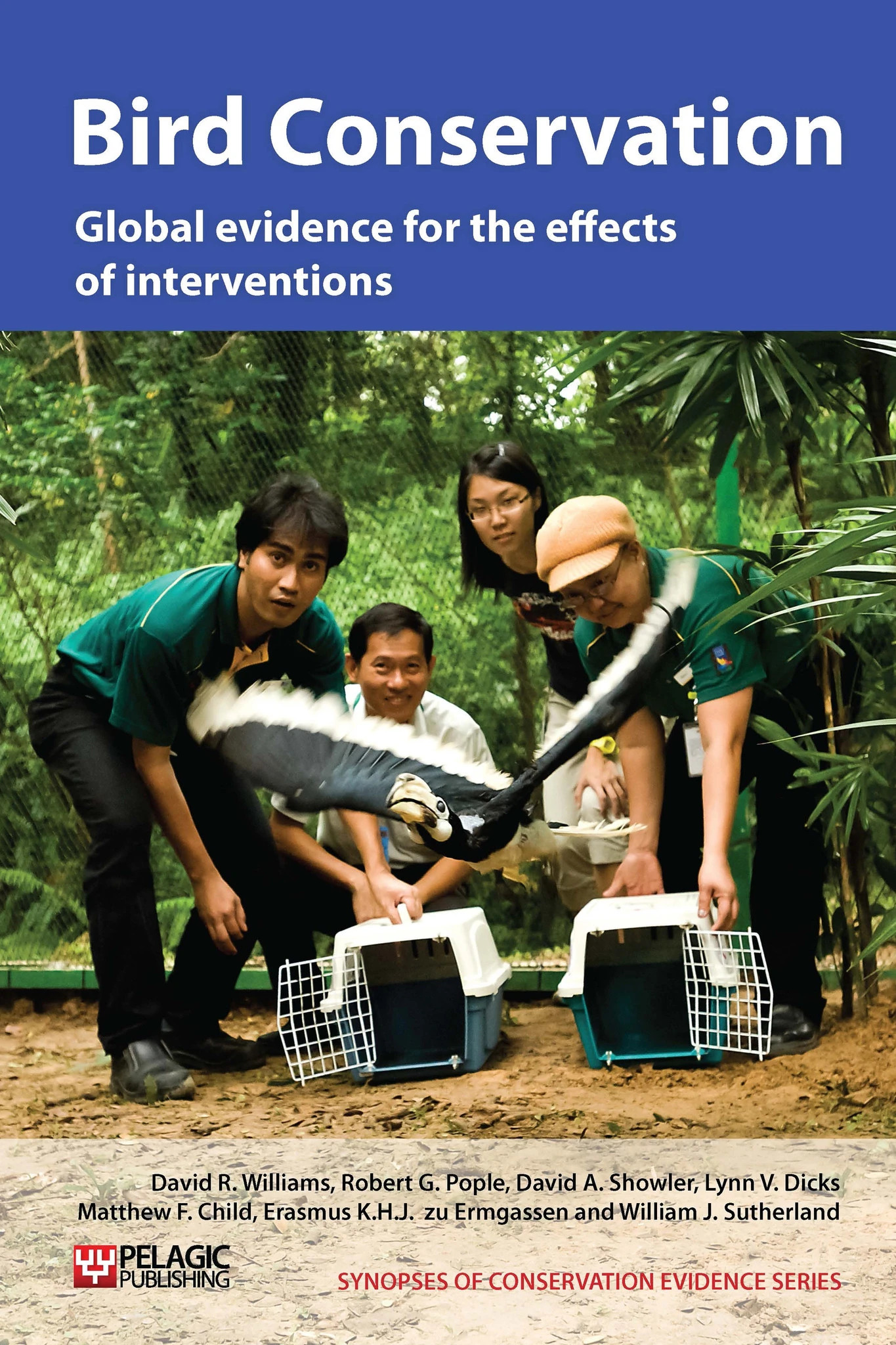Provide artificial nesting sites for ibises and flamingos
-
Overall effectiveness category Unknown effectiveness (limited evidence)
-
Number of studies: 2
View assessment score
Hide assessment score
How is the evidence assessed?
-
Effectiveness
42% -
Certainty
31% -
Harms
0%
Study locations
Supporting evidence from individual studies
A study in southeast Turkey in 1977-88 (Akçakaya 1990) found that a northern bald ibis Geronticus eremite population moved from a breeding site threatened by development to an artificial breeding site provided 3 km away within an artificial breeding station (discussed in ‘Use captive breeding to increase or maintain populations’) and consisting of wooden ledges approximately 20 m away from where captive birds were. This study is also described in ‘Release captive-bred individuals’.
Study and other actions testedA before-and-after study reviewing management at two coastal wetland sites in Bouches-du-Rhône, France and in Andalusia, Spain (Martos & Johnson 1996), found that large numbers of greater flamingos Phoenicopterus roseus used artificial nesting islands that were created at the sites. At the site in France, over 12,000 pairs used the island in one year, with 94,000 chicks raised between 1974 and 1993. At least 2,300 pairs used the nesting site in Spain. Islands were created from mud and later reinforced with stones and sand to reduce erosion. Decoy nests were placed on the islands (see ‘Use decoys to attract birds to safe areas’ for details) and 5-10% of the 700 which were erected in France in 1973-4 were used as nests in 1974. This study is also described in ‘Manage water levels in wetlands’ and ‘Control predators not on islands’.
Study and other actions tested
Where has this evidence come from?
List of journals searched by synopsis
All the journals searched for all synopses
This Action forms part of the Action Synopsis:
Bird Conservation
Bird Conservation - Published 2013
Bird Synopsis





)_2023.JPG)














